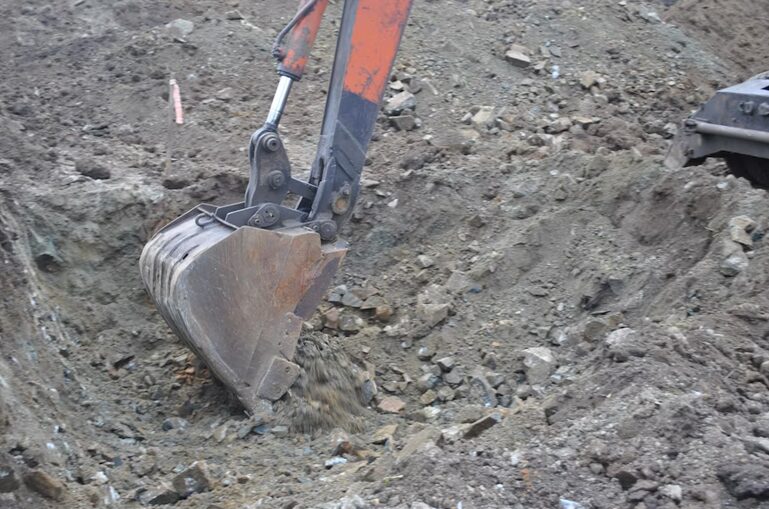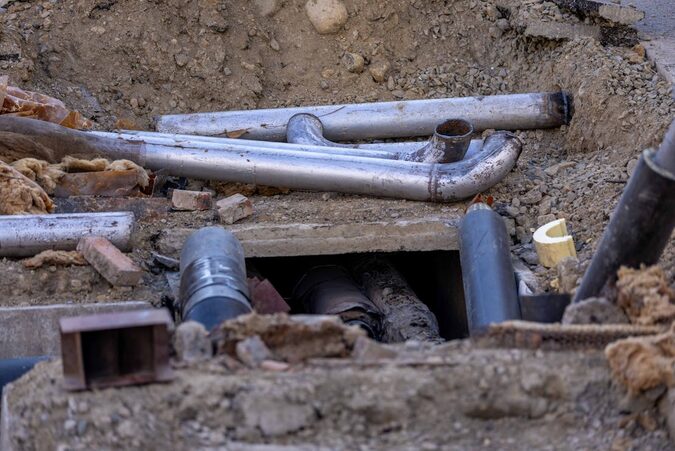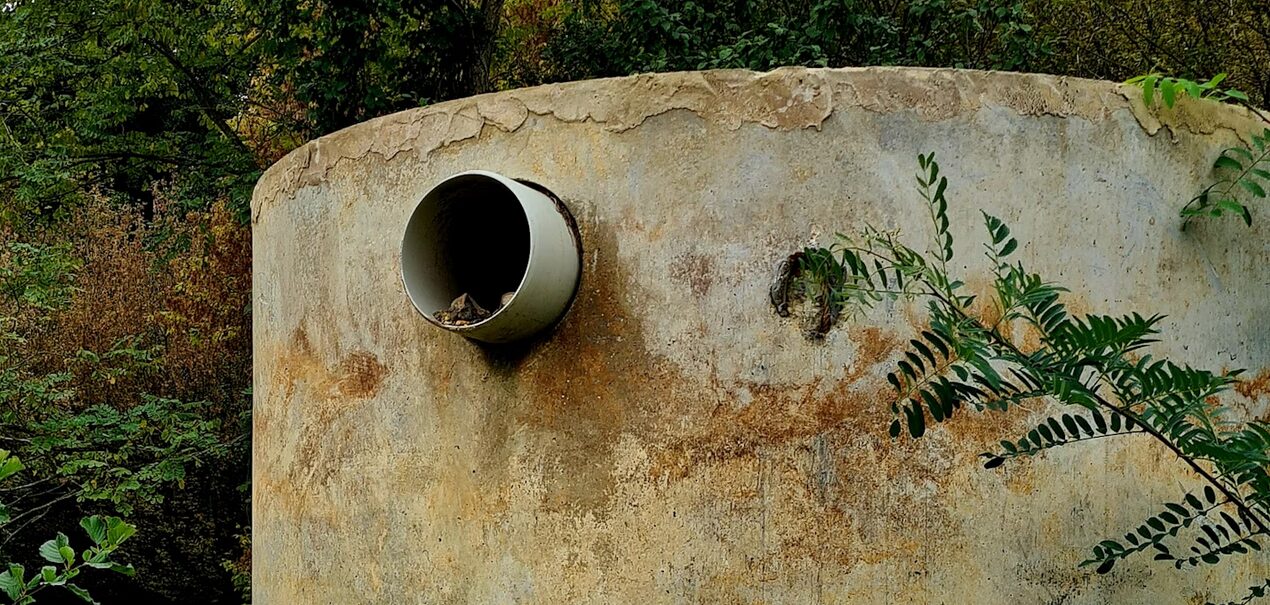Installing a septic tank is a significant investment for any property owner, and doing it right the first time can save you a lot of headaches and money down the road. Whether you’re building a new home or replacing an old system, understanding the key steps and common pitfalls will help you avoid costly errors. With proper planning and the right know-how, your septic tank can function efficiently for decades without trouble.
Understanding Local Regulations and Site Requirements
One of the most important factors to consider before installation is the local regulations and the characteristics of your site. Different areas have specific codes about how septic tanks must be installed, including minimum distances from water sources and property lines. Knowing these regulations early can prevent expensive fines or having to redo the installation. Assessing the soil type and drainage on your land also influences the system design to ensure it will work effectively and safely.
Choosing the Right Size and Type of Septic Tank
A common mistake is opting for a septic tank that is too small or inappropriate for your household’s needs. The size should match the number of people using it, the volume of wastewater, and the soil’s absorption capacity. Different types of tanks, like concrete, plastic, or fiberglass, each come with pros and cons regarding durability, cost, and installation complexity. Selecting the right one will affect how well your system operates and how much maintenance it requires.
Knowing Why Climate and Soil Impact Your System

When it comes to installing septic tanks in Brisbane, the region’s heavy rainfall and sandy soils mean special care must be taken to select a system that manages wastewater effectively without risk of contamination or flooding. The local environment demands that the drainage field be designed with proper filtration and absorption capacity in mind, as well as ensuring that the tank itself meets regional durability standards. Ignoring these factors can lead to system failure and costly repairs.
Ensuring Proper Installation Techniques
Even the best septic tank can fail if it isn’t installed correctly. The installation site must be properly excavated and leveled, with attention to the tank’s alignment and connection to the house plumbing. Ensuring the tank is sealed properly and the drainage field is set up for optimal water dispersion is critical. Skipping steps or rushing the process can lead to leaks, blockages, or system failures that are costly to repair.

Planning Maintenance From the Start
Planning for maintenance during the installation phase saves future troubles. Knowing where access points will be for pumping out sludge and inspecting the system is important. Establishing a regular maintenance schedule will prolong the life of your septic tank and prevent problems like backups or overflows. Good maintenance habits are an investment that keeps your system running smoothly and avoids emergency repairs.
Hiring Qualified Professionals
Choosing experienced and licensed professionals to handle your septic tank installation cannot be overstated. Qualified installers will be familiar with local codes, soil requirements, and best practices, reducing the risk of costly mistakes. They can also offer valuable advice tailored to your property and lifestyle, ensuring your septic system functions efficiently for years to come.
Septic tank installation might seem straightforward, but it requires careful planning and expert execution to avoid expensive setbacks. By understanding local requirements, selecting the right system, and prioritizing proper installation and maintenance, you can enjoy a reliable, long-lasting septic system. Taking the time to do it right the first time is the best way to protect your investment and keep your home safe and comfortable.

